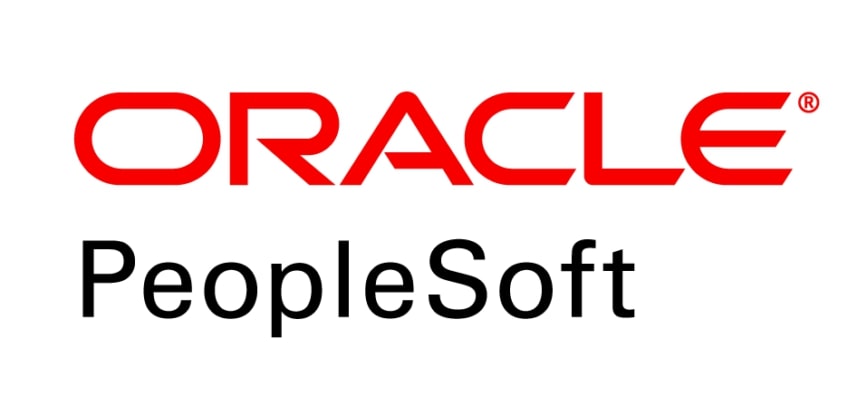PeopleSoft – Company Fulfilling The Evolving Corporate Expectations.
PeopleSoft is a package of programs used by mid-sized to large businesses as a workforce management solution. PeopleSoft is a piece of software in the Oracle product range. It was originally meant to support finance and human resources, but it has since expanded to incorporate more tools and applications for broad business processes. Many different management components, such as materials, communications, and payroll management, are some of the uses that enterprises and corporations have for implementing software.
About The Company
Dave Duffield and Ken Morris launched PeopleSoft in 1987 to debut the application of their human resources. Their objective was to provide software to fulfill the evolving corporate expectations.
The corporation turned its focus to the internet in 1999. In addition, in 2000, the business developed PeopleSoft8, a web-based version of its software, as well as PeopleSoft e-centre, an in-house application service provider (ASP). Its web-based apps are designed to make system integration simple, allowing a company to link consumers, employees, and suppliers more cost-effectively. An organization can streamline processes since information is easily available by a wide range of personnel at any time and from any location, including mobile devices such as personal digital assistants (PDAs) and mobile phones.
Oracle owns the People Soft e-business software product line. The company began by providing human resources and financial applications. It has grown throughout time to include tools and applications for broad business operations like materials management, as well as solutions for specific industries such as automotive, communications, and higher education.
PeopleSoft currently offers users an integrated ERP software solution to help with the day-to-day execution of various business operations. Human resource departments in large corporations use PeopleSoft systems. Human resource management systems (HRMS), customer relationship management (CRM), finance and supply chain management (FSCM), and enterprise performance management are examples of these applications (EPM).

Oracle Cloud and PeopleSoft
Oracle Cloud provides access to PeopleSoft products. Users can access and deploy HCM, FSCM, and other business apps using Oracle’s Compute Cloud and the Oracle Cloud Marketplace.
Users can transfer data to virtual machines in the Oracle Compute Cloud using Deployment Framework and PeopleTools 8.55. PeopleSoft Development and Testing instances can also be migrated to the Oracle Compute Cloud. Users can also use custom data with PeopleSoft and build multinode PeopleSoft clusters on the Oracle Cloud.
The Merger
PeopleSoft and competitor JD Edwards combined in 2003. Prior to its merger with PeopleSoft, JD Edwards’ product lines, World and OneWorld, were aimed at midsize businesses that were too small to benefit fully from PeopleSoft’s applications. It was able to appropriately offer for these enterprises by merging with JD Edwards, thus expanding its customer base. PeopleSoft rebranded OneWorld as PeopleSoft Enterprise One later on.
Oracle paid $10.3 billion and acquired PeopleSoft in 2005, adding CRM software to its product range. Oracle cut off 5,000 employees shortly after acquiring the firm. People Soft Enterprise One became JD Edwards EnterpriseOne, and PeopleSoft World became JD Edwards World, as Oracle rebranded the previous JD Edwards product line.
David Duffield – Founder
David is a successful executive and visionary in the company management, government, and higher education software industries. David launched PeopleSoft in 1987 and served as its CEO and board chairman prior to joining Workday. Before being bought in 2005, The company had grown to become the world’s second-largest ERP application software firm. David also founded Integral Systems, Business Software, and Information Associates. The company went public in 1992 and was purchased by Larry Ellison’s Oracle for $10.3 billion in 2005. He started Workday in 2005, which offered cloud-based management software and other solutions. In 2012, the company went public and raised $637 million. Duffield stepped aside as CEO of Workday in 2014, but he remains chairman. He currently controls approximately 25% of Workday.

I am a second-year student pursuing Liberal Arts from Nmims. I am a painter, I love reading and have a great interest in cooking. I am also a trained kickboxer. I’ve always had a passion for writing and hence in my free time, I work as a freelance writer.

